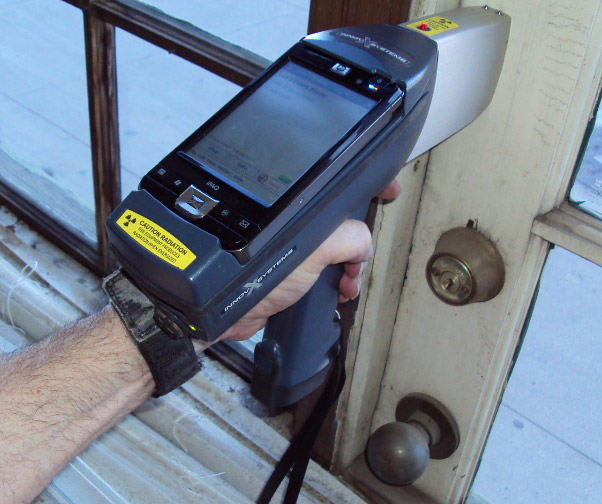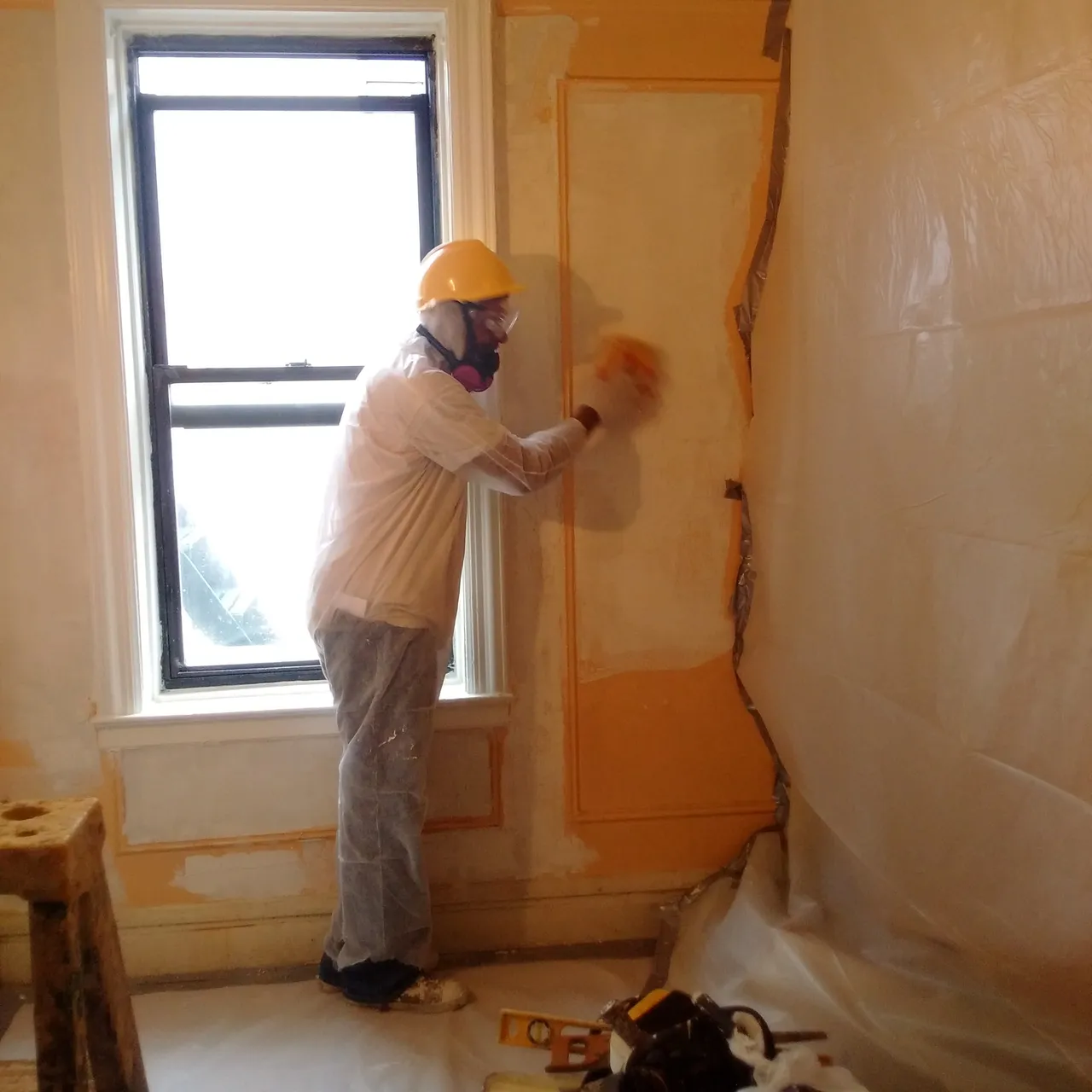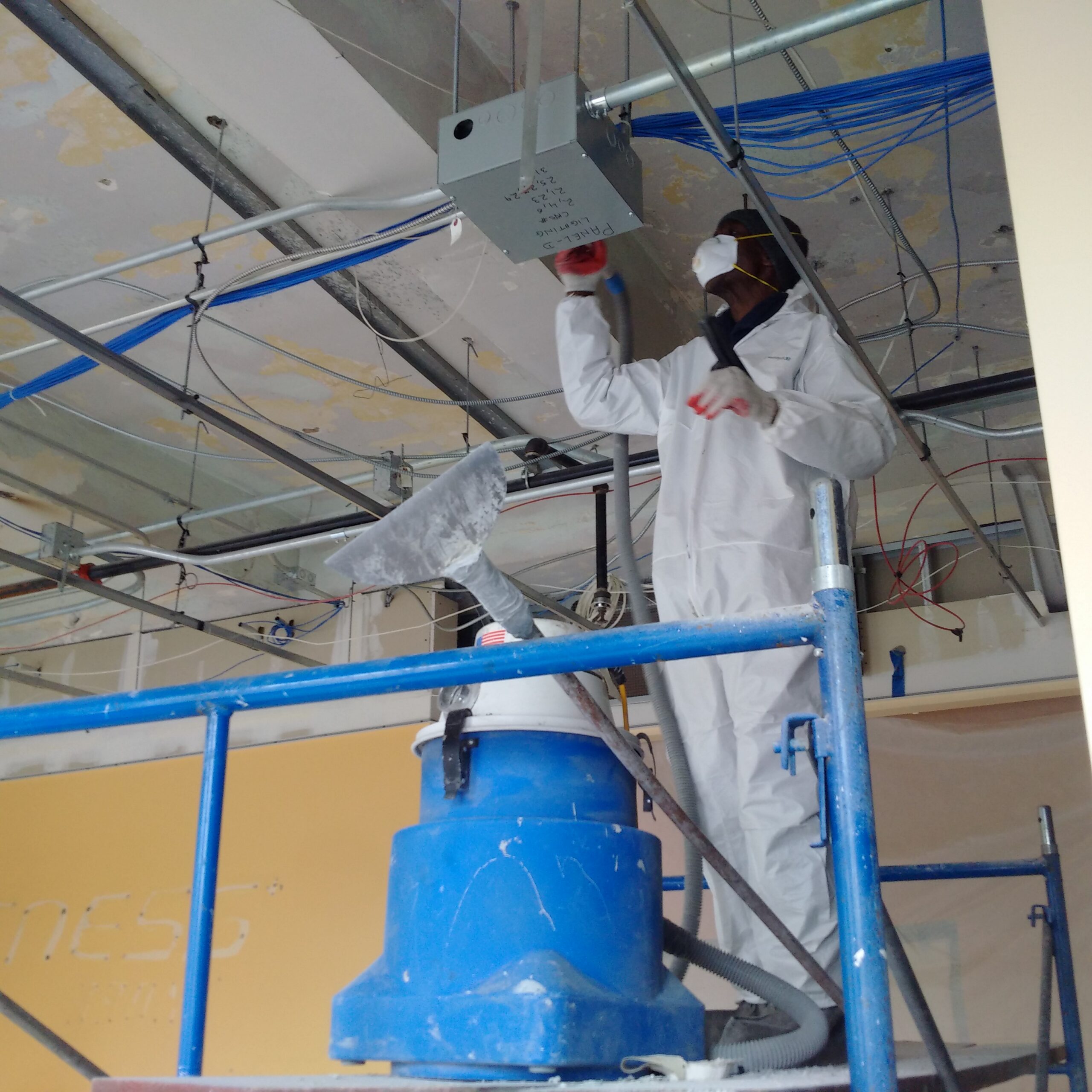Professional Lead Violation Removal in NYC-- Safeguard Versus Health And Wellness Hazards
Professional Lead Violation Removal in NYC-- Safeguard Versus Health And Wellness Hazards
Blog Article
Step-by-Step Process for Successful Lead Infraction Removal
Following this, adherence to government and state regulations is paramount to creating a reliable remediation strategy. The actual removal needs proficient workers to carry out these strategies while purely complying with safety and security protocols. What happens after the removal is completed?

Discovery and Evaluation
Discovery and assessment are crucial action in the remediation of lead infractions. To guarantee a reliable removal process, it is necessary to perform a detailed examination of the atmosphere where potential lead direct exposure exists. The initial phase of detection involves determining sources of lead contamination, which can be located in paint, water pipelines, dirt, and dust. Making use of innovative analysis devices such as X-ray fluorescence (XRF) analyzers and atomic absorption spectroscopy (AAS) can provide exact dimensions of lead concentrations.
This consists of evaluating the degree and severity of contamination, as well as determining populations at risk, especially youngsters and expectant ladies. The gathered information need to be meticulously recorded to support the growth of an efficient removal strategy.
Furthermore, it is vital to prioritize locations with the highest degrees of contamination and those that posture the best wellness risks. Reliable communication with stakeholders, consisting of building owners, residents, and public wellness authorities, is vital for making certain that all parties are notified concerning the searchings for and the succeeding steps needed for remediation. This first discovery and analysis phase lays the foundation for a successful lead violation removal process.

Lawful and Governing Conformity
Browsing the landscape of legal and regulatory compliance is an essential facet of successful lead infraction removal. Compliance guarantees not only the security of afflicted populations yet additionally the credibility and legal standing of the organization accountable for remediation.
State and neighborhood laws can differ, often enforcing added commitments or more strict criteria. Therefore, an extensive understanding of all pertinent legal frameworks is important. This includes careful paperwork of all removal activities to demonstrate compliance. Failing to stick to these regulations can lead to severe charges, including significant fines, lawsuit, and reputational damages.
Engaging legal experts specialized in environmental law can help with browsing these complexities. Regular training and certification for all workers involved in the removal process are also required to make certain adherence to safety and governing requirements. By focusing on lawful and regulative compliance, companies can efficiently mitigate risks and achieve a successful remediation outcome.
Preparation the Remediation
Efficiently planning the removal of lead offenses begins with an extensive analysis of the contaminated website. This initial assessment should consist of a thorough site examination to recognize the level and focus of lead contamination. Comprehensive sampling and lab evaluation are extremely important to create a precise contamination profile. This data-driven method makes sure that remediation initiatives are properly targeted and effective.
As soon as the contamination is mapped, a threat assessment need to be conducted to review try this out potential health dangers to humans and the atmosphere. Lead Violation Removal in NYC. This analysis must take into consideration elements such as direct exposure paths, populace vulnerability, and environmental impacts. The insights gathered will create the basis for selecting an ideal remediation method
Subsequently, setting clear, possible purposes for the removal task is essential. These goals ought to line up with regulative criteria and stakeholder assumptions to make certain conformity and area approval. Creating an in-depth removal strategy that describes techniques, timelines, and resource allotment will facilitate an organized strategy to the cleaning process.
Furthermore, it is necessary to engage with stakeholders early and maintain clear interaction throughout the planning phase. This consists of notifying regional communities, getting needed licenses, and coordinating with governing firms to make sure all legal and step-by-step demands are met. A well-crafted removal strategy not only addresses the contamination properly however also constructs depend on and collaboration amongst all celebrations involved.
Implementing the Remediation
With a well-structured removal plan in position, the emphasis shifts to the real execution of the removal activities. This stage involves setting in motion the required sources, including experienced employees, specialized tools, and top quality products. Begin by clearly marking functions and responsibilities to make sure accountability and seamless sychronisation amongst employee.
This includes setting up containment areas to stop lead dirt and particles from dispersing, as well as employing air filtration systems to maintain air high quality. Use techniques such as damp scratching, chemical removing, or encapsulation, depending on the extent and location of the contamination.
Throughout the anchor remediation procedure, conduct regular examinations and air top quality monitoring to guarantee compliance with regulatory standards. Effective communication with stakeholders, including residential property proprietors and passengers, is critical to maintain them educated of progression and any type of unforeseen advancements. By thoroughly complying with these steps, the remediation tasks can be implemented successfully and successfully, eventually mitigating lead dangers.
Post-Remediation Techniques
Post-remediation techniques play a critical duty in making certain the lasting success of lead infraction remediation initiatives. These approaches include continuous tracking, maintenance, and area education and learning to stop future lead exposure and ensure a secure environment.
First, normal tracking is important. This entails regular testing of the previously influenced locations to ensure that lead degrees stay within safe limits. Homeowner must establish a schedule for these tests, preferably in collaboration with qualified environmental specialists.

Third, informing the community plays a crucial function in maintaining the benefits of removal. Locals and property supervisors should be educated about the threats of lead exposure and the most effective practices for keeping a lead-safe environment. Workshops, informative handouts, and neighborhood conferences can be effective tools for sharing this info.
Verdict
Successful lead infraction removal requires a detailed, organized method incorporating detection and evaluation of contamination, adherence to lawful and regulative criteria, meticulous preparation, and reliable execution of remediation initiatives. Post-remediation approaches, including continuous monitoring and neighborhood education and learning, are important to maintain a lead-safe environment. Collaboration with ecological experts ensures continuous conformity and protection of public health and wellness. This systematic process highlights the importance of thoroughness and vigilance in attending check my reference to and mitigating lead contamination.
Report this page